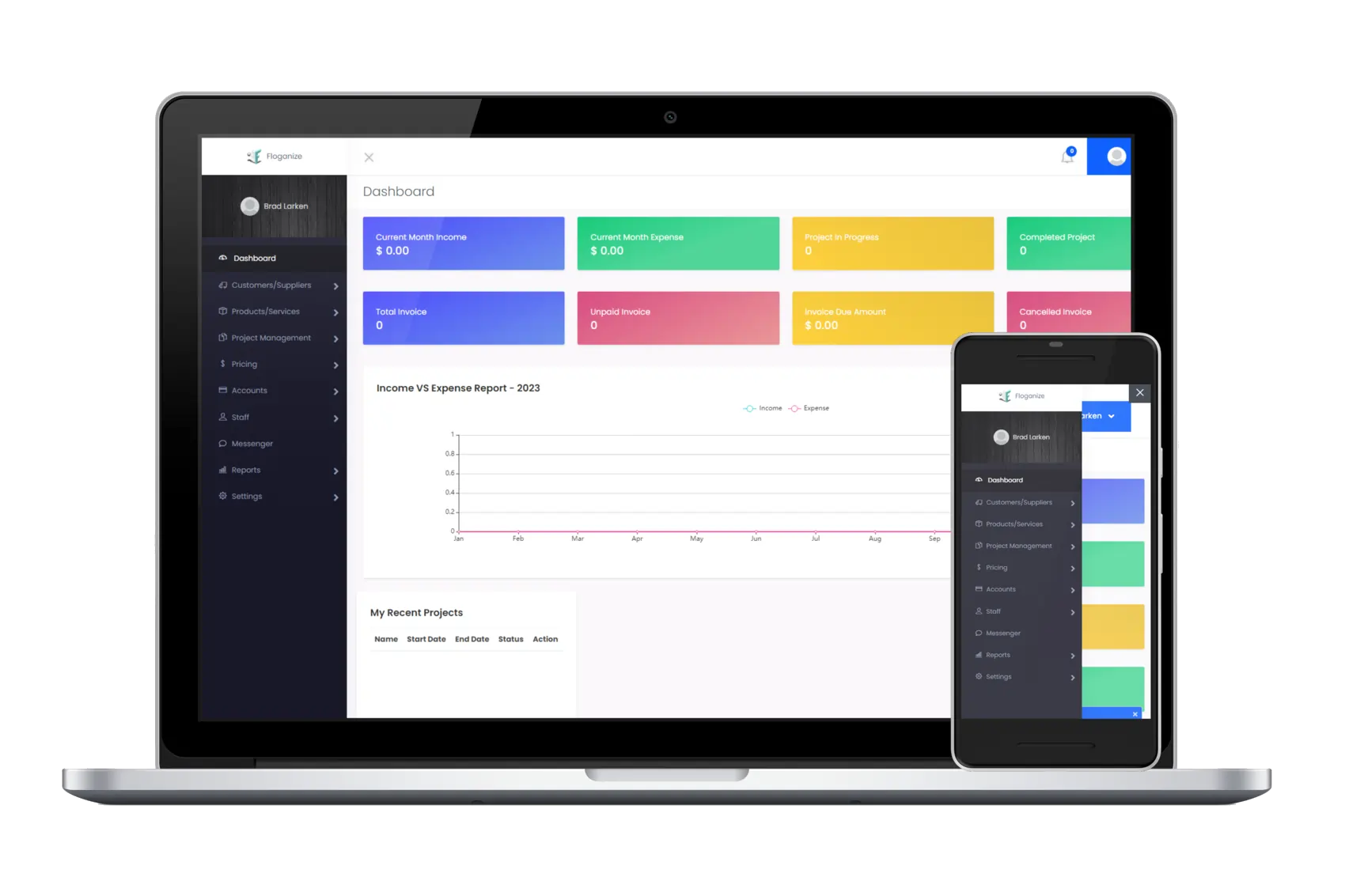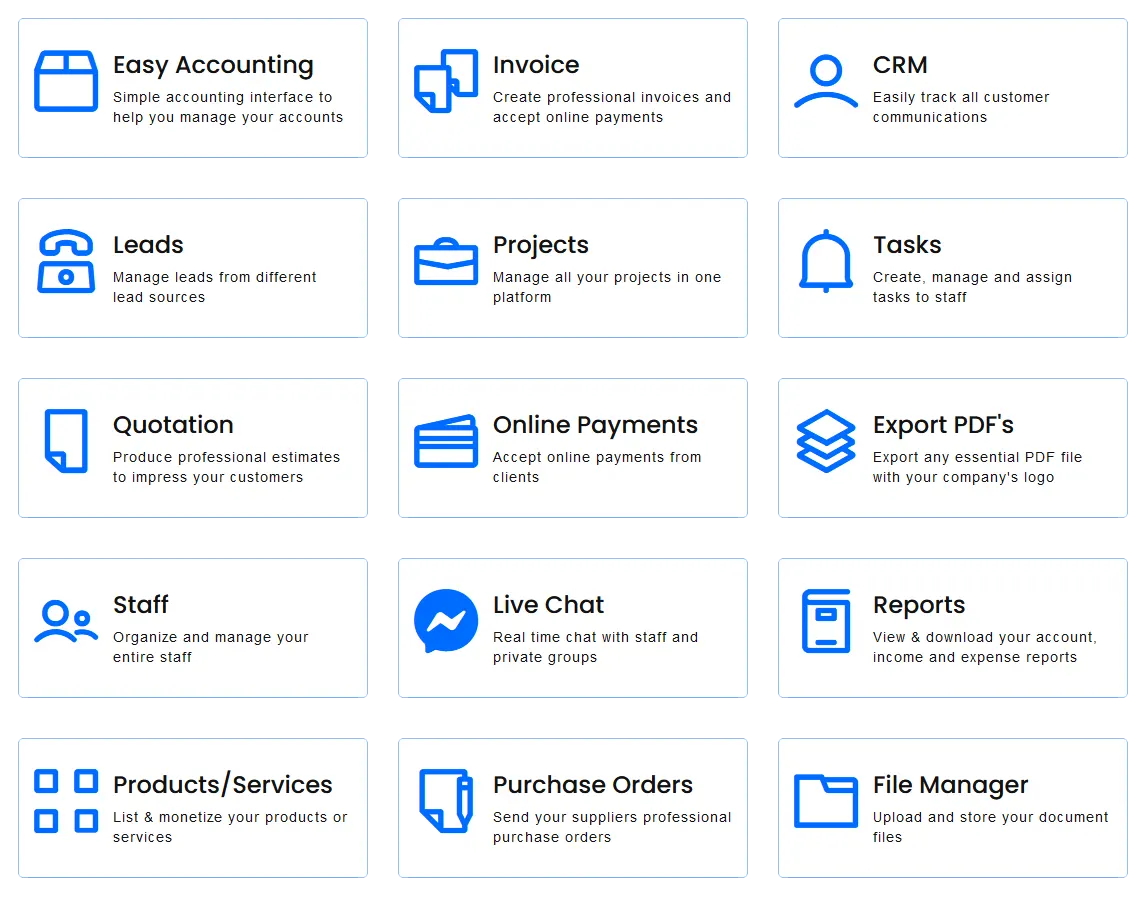10 Tips to Reduce Operating Expenses
We’ll discuss the following topics:
– An Overview of Operational Expenses
– Definition of Operational Costs
– Small Business Operational Cost Calculation
– Operating Costs vs. Start-up Costs
– 10 Tips to Reduce Operational Expenses and Costs
– Technology Investment
An Overview of Operational Expenses

The expenditures associated with running a business, such as rent for office space, utilities, insurance, salaries, travel costs, and maintenance, are referred to as operational costs. They differ from capital expenses, which are associated with the acquisition of property or equipment.
The profitability of a company can be significantly impacted by its operating costs. Businesses need to carefully regulate their running costs if they want to maintain high earnings. There are several methods for cost-cutting.
The fact that running costs might differ significantly from one firm to another is one of the most crucial things to keep in mind. To make wise choices about where to minimize costs and how to boost earnings, it is critical to understand the distinctive operational costs of your company.
To keep the business afloat, you must make sure you have enough cash on hand. In order to continue supporting your expansion, you must also ensure that your company can remain profitable. Among the ways to achieve this is to lower your operating costs. One of any business’s largest expenses is operating costs.
Definition of Operational Costs

Operating costs in a business relate to the expenses incurred every day for upkeep and management. Direct costs of items sold are included in operational costs, as are other running expenses that are commonly referred to as selling, general, and administration costs. These costs include rent, payroll, and other overhead costs, as well as costs for raw materials and maintenance. Non-operating financing costs like interest, investments, and currency exchange are not included in operating costs.
Small Business Operational Cost Calculation
Any expense that is required to keep your business operating counts as an operating charge. The primary element of operating expenses is the price of the commodities purchased. These purchases are the direct expenses incurred during the manufacturing of your goods or services.
The first step in calculating operational costs is to list all of the costs involved in operating your firm. To determine your overall running costs, you must sum together all of these charges.
The formula: operating cost = cost of goods sold + operating expenses
It’s crucial to keep track of these costs over time in order to receive an accurate picture of your operational costs. You’ll be able to examine how your costs alter as your company expands or transforms thanks to this.
Using the operational expense ratio, a company may keep an eye on its running costs.
Operating Costs vs. Start-up Costs
A daily expense incurred by a firm is known as an operating cost. Start-up expenses are expenses a new company has to pay to get off the ground. Even before a business opens its doors or releases a new product, it will take money to get started.
The business may need to incur costs for things like leasing office space, paying employee salary, and equipment purchases. Start-up businesses frequently look for money from investors or business loans to offset these expenses. As opposed to operating expenses, which are covered by sales proceeds.
10 Tips to Reduce Operational Expenses and Costs

It’s crucial to save costs for your company in the world of small businesses. Let me give you some tips on how to lower business costs and increase revenue.
To boost profitability and cash flow, operating costs must be reduced. There are numerous strategies to lower operating costs, such as increasing productivity, obtaining better deals, and cutting waste.
1. Increase Revenue
Reducing operating costs can also be accomplished through increasing revenue. This can be accomplished through raising prices, boosting sales, entering new markets, and cutting costs.
2. Increase Prices
A viable option to cut operational costs is to raise prices. This can be accomplished through increasing costs, rolling out new goods, and entering new markets.
3. Improve Cash Flow
Another way to cut operating costs is to increase cash flow. This can be accomplished through boosting revenue, cutting costs, investing in marketing, and enhancing collections.
4. Eliminate Waste
Eliminating waste can help save operating costs. Reducing inventory, streamlining procedures, and enhancing quality control can all help with this. Alternatively, you might accomplish this by stopping all inactive services. Think about reducing or eliminating them. Put in place a lean management structure. Lean management techniques can increase your productivity and help you cut out waste.
5. Improve Efficiency
Increasing efficiency is one of the simplest and most efficient ways to reduce operational costs. Process streamlining and task automation, greater technology investment, personnel training, and even specialist outsourcing for increased efficiency are ways to achieve this.
6. Reduce Taxes
Another option to save operational costs is to lower taxes. This can be accomplished through utilizing tax benefits, securing better terms, and making investments in tax-effective goods.
7. Reduce Debt
Debt elimination is another strategy for reducing operational costs. Paying off debt, refinancing, and obtaining better terms are ways to do this. You could also make advance payments on your invoices. If you pay your amount in full up front, many suppliers could give you a discount. Even discounts of 2%–3% per billing cycle might easily pile up.
8. Internship
A cost-effective strategy to cut costs is to use interns. A new intern is unemployed and has no professional experience. They develop their professional experience and business abilities through internships. You and your company also gain.
9. Remote Work
Renting office space, covering utility charges, and keeping up a physical workstation can be expensive. Thousands of firms have made the decision to do away with office space and run their operations fully remotely. By allowing employees to work from home, companies can cut down on both their operating costs and physical footprint.
10. Technology Investment
The final strategy to save operating costs is to make technology investments. Process automation, better equipment purchases, and the creation of new software are all effective ways to do this.
Technology Investment
By making an investment in cutting-edge technology, you can lower the cost of operating your company. There are numerous methods for doing this, such as:
Search Engine Optimization (SEO):
You can use SEO to raise your website’s position in search engine results. This will assist you in boosting website traffic and internet visibility.
Creating Blogs:
You may create leads and draw in new clients by blogging.
Social Media:
Connecting with new and current consumers can be facilitated by developing and maintaining a social media presence.
Process Automation:
Your processes can be automated to help you save time and money. Additionally, it can boost your productivity and help you provide better customer service.
Cloud-based Software Investment:
You may cut your IT costs by using cloud-based applications like Floganize. Additionally, it can help you become more productive and streamline your business operations.
View the Floganize Tutorials Section to Learn More
If you want to learn more about our powerful business management software, then please click here to view the Floganize tutorials educational page. You can sign up today for a free 14-day trial! Simply click here and enjoy all of the powerful features that will simplify your daily business tasks!
Conclusion
There are numerous strategies to lower operating expenses for your company. Your operating costs can be decreased by making technological investments and automating your activities. By investing in SEO, building and maintaining blogs, and creating and managing a social media presence, you can also lower your marketing expenses.
It’s crucial to first examine your expenses and determine what is necessary and what may be eliminated in order to save costs for your business. It could be required to reduce wasteful spending that doesn’t improve the bottom line, and ensure that all resources are being used as effectively as possible.
Additionally, it’s critical to comprehend exactly how much each tool and service used in the production of your goods costs. After that, it’s time to concentrate on the business’s revenue-generating side. If your product is well thought out, you should be able to attract enough clients to sustain and grow your company.


